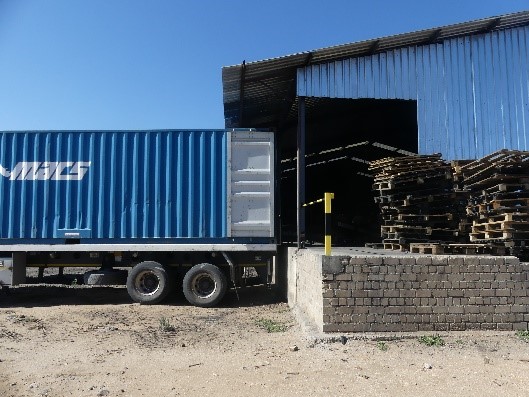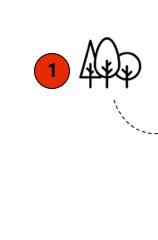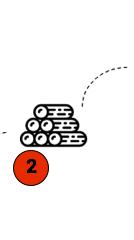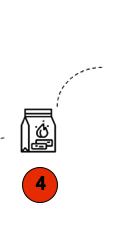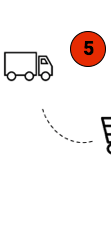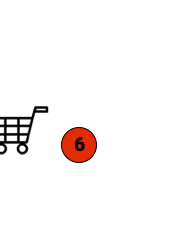About charcoal
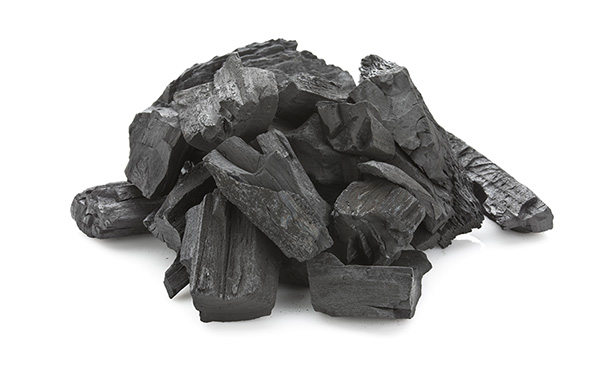
Wood Charcoal is wood carbonized in a low-oxygen environment.
Charcoal is a carbon-rich product, containing about 2 times more energy per kg than fuelwood.
Source: Adapted from FAO 2017
Charcoal is a carbon-rich product, containing about 2 times more energy per kg than fuelwood.
Source: Adapted from FAO 2017
1 Forest
Forests cover 4 billion ha, representing 30% of all terrestrial land on earth. Forests all over the world are home to 80% of all terrestrial biodiversity. They play a major role in water, soil and climate regulation and significantly contribute to people’s livelihoods. Today, forests around the world are under assault. They are sick, they are burning and they are disappearing.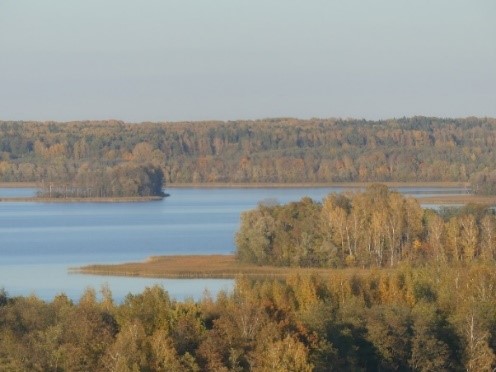
2 Wood harvesting
Forests provide wood and wood is used to produce charcoal. In addition, charcoal can also be produced from sawmill residues, which are side-products of the wood processing industry that delivers products like furniture, flooring, frames and beams.Globally, 50 per cent of all wood harvested is used as fuelwood for cooking and heating, 17% of this fuelwood is directly transformed to charcoal (FAO, 2017). Deforestation and forest degradation are phenomena connected to unsustainable forest management, which in turn leads to negative impacts for humans, nature and wildlife. Deforestation and forest degradation are also a major source of greenhouse gas emissions.
If the wood is harvested sustainably – meaning that wood growth is equal or higher than the amount of wood extracted per year – it is considered as a renewable resource. This means that charcoal produced from sustainably managed forests is not negatively affecting forest ecosystems.
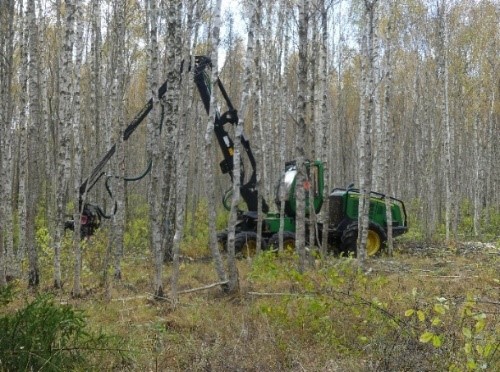
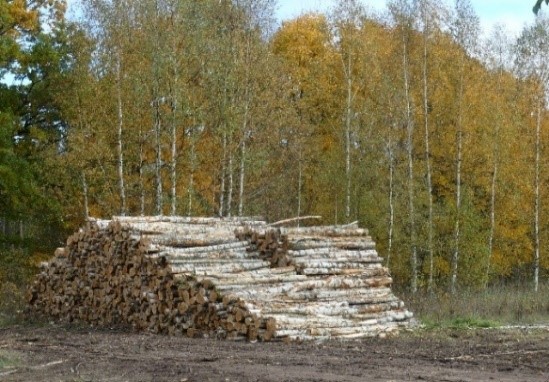
3 Charcoal production
The technology to produce charcoal varies depending on the geographical context; from decentralized small-scale production in rural areas to high-performance industrial production. Charcoal is made from wood, heated in a low-oxygen environment, from a process called carbonization - the conversion from wood or plant material to carbon. The chemical process is called pyrolysis, where the wood composition changes due to elevated temperatures – from wood to charcoal.Between 4 to 12 tonnes of dry wood are needed to produce one tonne of charcoal and it takes between several hours to several days for the wood to be transformed into charcoal, depending on technologies, wood species and wood humidity. During the production, greenhouse gases are emitted which have an impact on climate change. We need to help people and companies to develop and use efficient technologies in order to reduce the amount of wood necessary to produce charcoal and reduce GHG emissions.
In different parts of the word, different types of technologies are used to produce charcoal. The type of technology significantly determines the environmental impacts of charcoal production.
Here is a non exhausitive list of technologies found over the world:

Earth mould kiln

Bricks oven

Metallic barrel

Brazilian oven

Ukrainian cylindrical oven

Latvian oven

VMR

Lambiotte

Carbonex
4 Charcoal calibration, packing and shipping
Once the charcoal is produced, after a cooling and stabilization period, it is sieved into different size categories (fines, standard quality and restaurant quality). According to the demands of the clients and the brands, the charcoal is then put into bags manually or automatically. The charcoal industry in Europe delivers mainly bagged charcoal in different forms; Kilograms and Litres being the common units. Bags are palletized and stored in warehouses, protecting the charcoal from the rain.
5 Charcoal transport
The charcoal is transported in pallets, big bags or in bulk. According to the configuration, the transportation routes vary depending on the regional infrastructure and abundance of wood resources.Charcoal sold in Europe, is transported from the charcoal production factories to traders and producers warehouses like many other commodities via boats, train and trucks. The traders store the charcoal and redistribute it to the retailers, who finally sell it to the consumer.
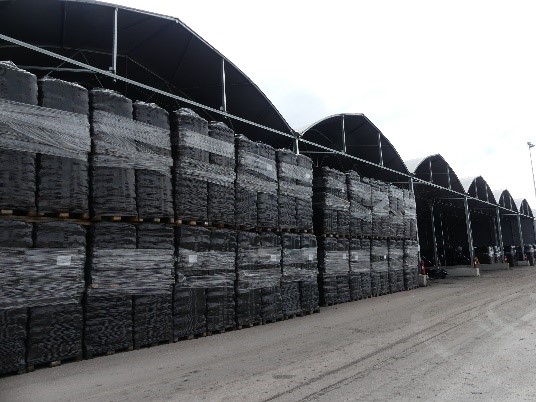
6 Supermarkets stalls
Charcoal is sold in different stores under different brands and types. You can find charcoal in supermarkets, discounters, DIY retailers and garden centres.